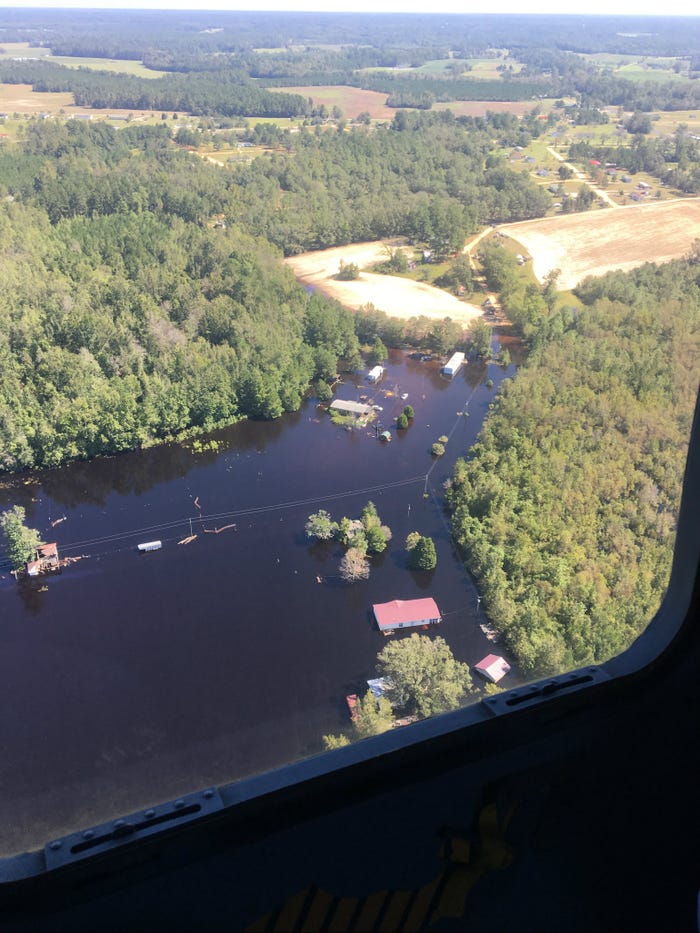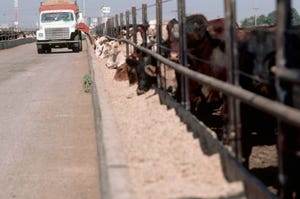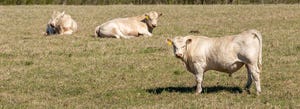5 Slides

Hurricane Florence left a path of devastation throughout much of the ag regions of the Carolinas. Here’s a birds’ eye look. That and more awaits you in this week’s Trending Headlines.
About the Author(s)
Subscribe to Our Newsletters
BEEF Magazine is the source for beef production, management and market news.
You May Also Like



